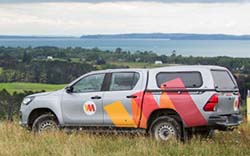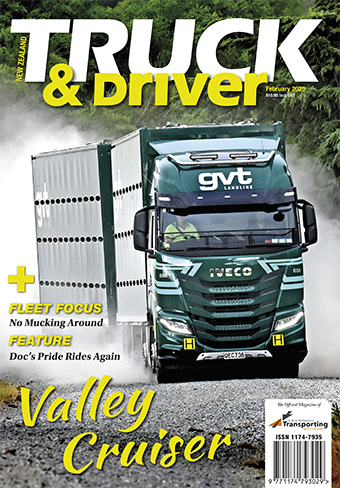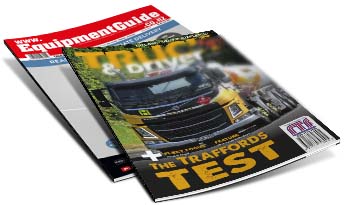
$1.1b ‘Sustainability-linked’ loan for Waste Management NZ
Posted: 11-Apr-2024 |
Waste Management NZ Limited has converted its entire debt financing into a sustainability-linked loan, the second largest SLL transaction in Aotearoa New Zealand to date at NZ$1.1bn.
WM New Zealand Managing Director Evan Maehl says this is a critical activity which supports the revised strategy, WM Porohita. The strategy, with its name meaning ‘to be circular‘ has an ambition to power a carbon-neutral circular economy for the future generations of Aotearoa New Zealand.
Mr Maehl says the SLL recognises the work the company is doing to ensure New Zealanders’ waste is taken care of in a way that protects the environment and is respectful of future generations: “We are very proud of our commitments to reducing our carbon footprint, helping build New Zealand’s circular economy and taking care of our team. They are the heart of WM New Zealand.”
Igneo Infrastructure Partners, which has a strong focus on sustainable value creation and responsible investment, acquired WM New Zealand from China-based Beijing Capital Group in September 2022. Marc Benscher, Director at Igneo, says structuring this SLL is a great milestone for WM New Zealand and its stakeholders.
“It is pleasing to see market recognition for a sector which we believe has a positive contribution to the environment and wider societal goals in New Zealand. Importantly, the success of this facility is aligned with our philosophy and our strategy for the business which involves supporting greater resource recovery with our customers, opportunities to decarbonise the fleet and greater engagement with our staff.”
In a collaborative effort, WM New Zealand has worked with four lending institutions, as joint sustainability coordinators (JSCs), to structure the SLL, as documented in a dedicated framework. These JSCs were ANZ Bank New Zealand Limited (lead JSC), MUFG Bank Ltd, Natixis Hong Kong Branch, and Royal Bank of Canada.
“On behalf of ANZ, MUFG, Natixis and RBC, as joint sustainability coordinators, we congratulate WM New Zealand on this important milestone,” says Caroline Poujol, Director Sustainable Finance at ANZ.
“The sustainably-linked loan’s targets are structured to align with WM New Zealand’s two core sustainability objectives of emissions reduction and support to the circular economy in Aotearoa New Zealand, and full commitment from their employees who play an important role in reaching those targets.”
The SLL is tied to ambitious social environmental commitments measured by three KPIs:
1. A commitment to being carbon neutral by 2050, which is aligned to science-based targets that will limit global warming to 1.5-degree Celsius, and to medium-term targets aligned to the Climate Leaders Coalition’s 2022 Statement of Ambition towards the same long-term target. WM New Zealand started measuring its greenhouse gas emissions in 2017: diesel usage makes up around 90% of the company’s total operational emissions. Under its emissions reduction plan, WM New Zealand has already converted 6.5% of its total diesel fleet to electric (53 trucks) and this will continue to be a main area of emissions reduction efforts.
2. A required tonnage of recovered materials from WMNZ facilities. The company’s Circular Services division continues to invest into recovery from waste, adding to existing capabilities. Recovered materials include plastics, cardboard, glass, tin, aluminium and steel at its materials recovery facilities (13 throughout Aotearoa New Zealand), food and garden waste at Living Earth composting facilities, and old tyres at the Wiri Tyre Recycling Facility.
3. 25% of employees will attend dedicated training on climate change and the circular economy each year. This will include all staff, office-based, operational and drivers, and topics covered will include climate change and the circular economy. The training has been designed by the Sustainable Business Network. The SLL is aligned with the most recent Sustainability-Linked Loan Principles (2023) and received a second-party opinion from DNV.




 + EQUIPMENT GUIDE - FREE
+ EQUIPMENT GUIDE - FREE
